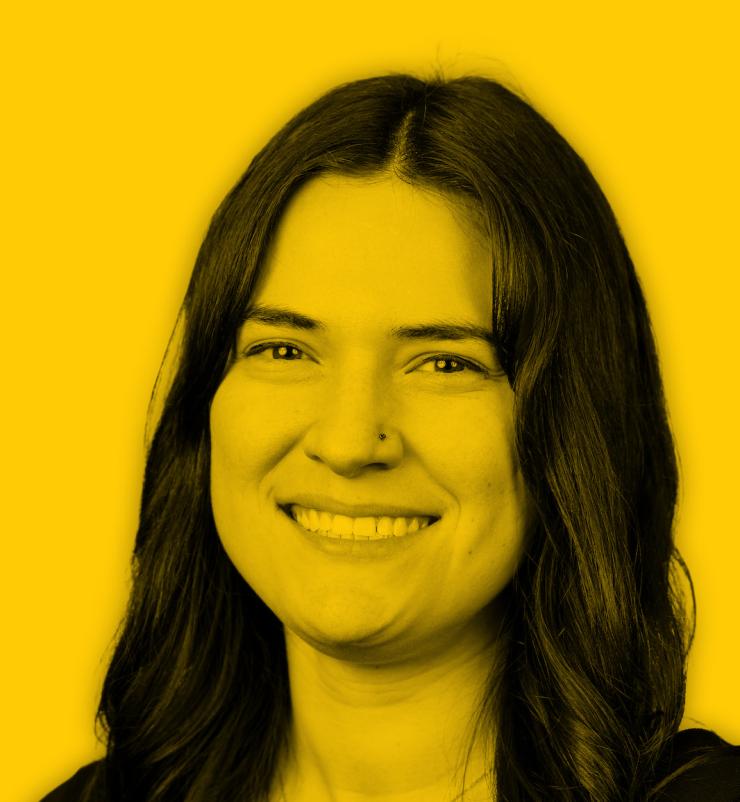For many students, the study of history seems interesting at best, irrelevant at worst, and rarely their priority. The good news is that there have been great strides in reframing this classical model of history education.
The city of Novi is like many cities in Southeast Michigan. It largely consists of shopping centers, car dealerships, and various sorts of medical imaging facilities and automotive part manufacturers. Truly a product of postwar suburban sprawl, Novi lacks a proper downtown district. When I first moved to Novi in 2018, I remember asking my colleagues at Novi High School where the “heart” of the city was: where can you go out and truly bear witness to that which makes Novi, well, Novi? Without a moment of pause, I was told the center of the city was here: the high school.
It is at Novi High School, the heart of the city, where I teach history. Daily, I convince my students to ask big questions to help them make sense of the world we live in. Over the last two decades, the study of history has been increasingly disincentivized by changes in education and the broader 21st economy. Rapid technological change in the last two decades has resulted in students facing increasing pressure to achieve in STEM fields to find careers in emerging industries. To gain entry into the universities they need to succeed, and of course to properly communicate in any professional environment, students are still incentivized to develop their mastery of the English language through the requirements of standardized tests like the SAT. Mathematics and English are a mainstay in high school student schedules, required by the state to be taken every single year.
And then there is history. These courses are often seen as little more than a vestige of a bygone age, mere remnants of the nation-building origins of education that saw some revitalization from the Cold War but little in the decades since. For many students, the study of history seems interesting at best, irrelevant at worst, and rarely their priority. Unlike the other subjects, which are active, living, and matter directly to the course of our students’ lives, history is often taught at a distance. Many students perceive history to be a didactic course where they memorize and recite to get their graduation requirements. I have heard far too many students ask: “Can I summer school U.S. History? I want to get it done quickly. I just need to know the terms, right?”
The good news is that there have been great strides in reframing this classical model of history education. More and more teachers are shifting away from focusing on dates and recitation and towards inquiry-based models that position the student as the lead historical thinker. Even so, many students still walk away uninterested and with a lackluster understanding of the discipline. How can educators with diverse student populations seeking to succeed in the 21st economy teach history in a way that gives it life, relevance, and immediacy to students? Educators need to teach history in ways that allow students to see history for what it is: an active discipline that constantly reforms our understanding of the past, informs the present, and prepares us to think in new ways about the future.
